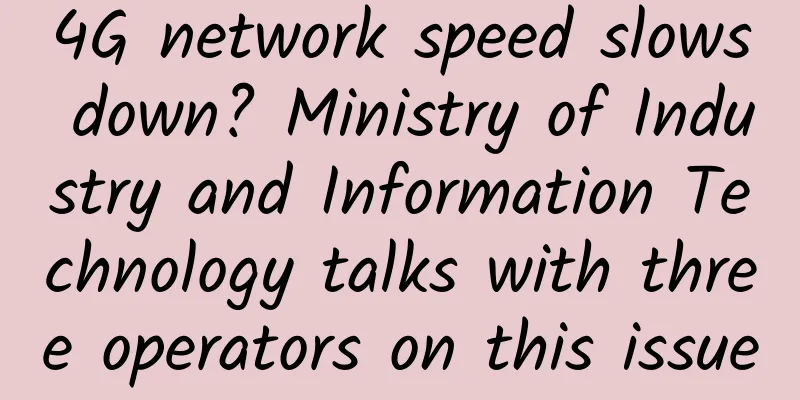5G in 2021: Expectations and Developments

|
5G is the fastest growing mobile technology in history, with adoption four times faster than when LTE was introduced, 5G Americas observes in a new report. For impatient customers, 5G and the new applications it will provide can’t come to their communities fast enough. In fact, the growth of 5G networks and devices is far faster than the growth of 4G LTE over the same period. Here’s a quick history review: 5G networks began launching around the world in 2019. By 2020, U.S. carriers will have deployed 5G networks nationwide (covering 200 million POPs), 5G-enabled flagship devices have proliferated, and early 5G use cases have emerged. In contrast, LTE networks first launched in the U.S. between 2009 and 2010, ultimately fueling the rapid growth of social media use through mobile devices that peaked about five years ago, as well as the development of new, society-changing applications such as ride-sharing services like Uber, which launched in 2009 and reached its first billion trips in 2015. Samsung expects that in 2021, 5G networks will develop in a standalone direction and the 5G ecosystem will be further developed, including applications that take full advantage of the transformational possibilities of 5G. One of the most critical factors in the development of 5G applications in the coming year will be the type of spectrum available in each country. In order to have a network that can realize the full potential of 5G, you need to have the right balance of low-band spectrum below 1GHz for large-scale coverage; mid-band spectrum between 1-6GHz for a mix of capacity and coverage; and high-band or millimeter wave spectrum for low latency and extremely fast speeds. To address the wide range of 5G use cases and applications in both consumer and commercial sectors, a combination of all three spectrum types, as well as network architecture enhancements such as edge computing resources, is critical. In the United States, the conclusion of the ongoing C-band auction will provide U.S. operators with a key path to more mid-band spectrum. We’ve already seen 5G applications gain traction with consumers, and in the near future, Samsung expects 5G to have a huge impact on the enterprise. From healthcare to logistics, many enterprise applications require the low latency, ultra-reliability, and capacity that only 5G can provide. Samsung has first-hand experience identifying and supporting early 5G enterprise use cases. In 2019, Samsung partnered with AT&T at the Samsung Austin Semiconductor facility to create the nation’s first 5G Innovation Zone: a research space to evaluate and implement 5G use cases for manufacturing environments and demonstrate their benefits. Use cases span a variety of categories, from automated material handling, health and safety, to augmented reality training. In addition to testbeds like the 5G Innovation Zone, Samsung has deployed a variety of trial networks with enterprise customers covering verticals from transportation and distribution to smart agriculture. As 5G continues to mature and more IoT sensors, endpoints and cloud telecom solutions enter the market, Samsung expects enterprise applications to be at the forefront. We expect to see more of these use cases and applications deployed in 2021 as the network and device ecosystems and tool kits expand. It takes a lot to make 5G work - chips, network equipment and security platforms; not to mention the devices that connect to the network, such as smartphones, smart TVs, home appliances and automotive solutions. Samsung is the only company in the world that can provide a trusted supply chain for all of them. Samsung Networks is currently helping operators around the world build out their 5G networks both indoors and outdoors, and providing consumers with best-in-class 5G smartphones so they can fully experience the potential of 5G. |
<<: In the post-epidemic era, AIOps unleashes new vitality in enterprise operation and maintenance
>>: Outlook for domestic 5G development in 2021 (Part 2): Challenges
Recommend
Veteran Network Engineer: Talking about Several Typical Deployments and Practices of SD-WAN
A few days ago, I talked with my colleagues about...
Enable IPv6 protocol and experience IPv6 website
IPV4 resources have been exhausted and there is n...
How does 5G combine with the Internet of Things?
Until now, there are still a lot of voices in the...
How service mesh enables microservices networking
Service mesh is the latest hot networking technol...
Flink 1.14 New Features Preview
This article is compiled by community volunteer C...
The love-hate relationship between Bluetooth 5 and WiFi
It can be said that Bluetooth and Wi-Fi each have...
How to reduce customer churn through network visibility?
Customer churn imposes a heavy cost on businesses...
RackNerd: $89/year KVM-4 cores/8GB/100G SSD/5TB/Los Angeles data center
We often share promotional information released b...
Teach you how to distinguish inferior cables
1. The harm of fake and inferior wires Electric w...
The “long and short” debate on WeChat video accounts
[[345275]] During the National Day holiday, WeCha...
Miao Wei: 5G and other communication infrastructure construction should be appropriately advanced
Miao Wei, deputy director of the Economic Committ...
10g.biz Hong Kong CN2 VPS simple test
A group friend asked about the information about ...
How to implement a real-time monitoring system for tens of billions of visits?
[51CTO.com original article] The author has joine...
[6.18] 80VPS 50% off on all KVM/XEN, special KVM annual payment starting from 199 yuan, multiple computer rooms in Hong Kong/USA available
80VPS is a long-established Chinese hosting compa...
Maybe it’s easier to understand the principles of OAuth this way!
That year, the number of users of my company reac...
![[Closed] NextArray: $1.09/month KVM-1GB/10GB/1TB/Dallas Data Center](/upload/images/67cabfc4b732a.webp)


![[Black Friday] AlphaVPS: VPS annual payment starts from 9.99 euros, AMD EYPC+NVMe series starts from €18.99/year, Los Angeles/Bulgaria data center available](/upload/images/67cac241028cf.webp)





